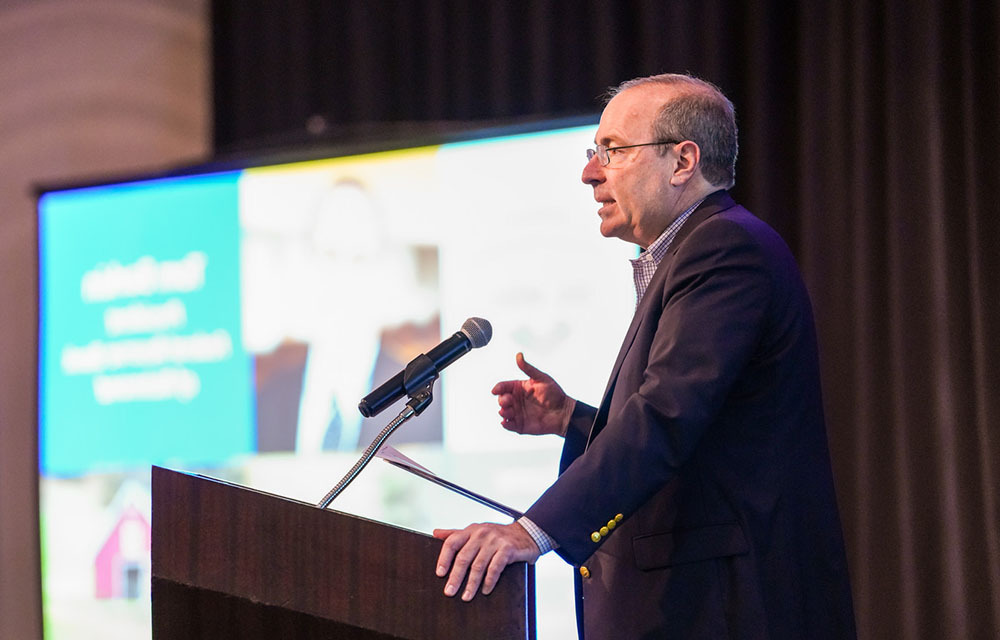When a primary worker' income drops unexpectedly, spousal labor supply and earnings increase to compensate, especially in young households with limited financial assets.
Featured
An estimated 1 million extra work-hours of delay were incurred during the 43 days of shutdown beginning Oct. 1, costing $66 million nationwide.
Tom Barkin, president and CEO of the Federal Reserve Bank of Richmond, looks back at 2025 and the resilience of the U.S. economy in the face of uncertainty and changes in the economy, including trade policy, consumer sentiment, and labor market demand and supply. He also discusses how monetary policymakers have navigated the year.
An econometric framework that can jointly leverage identification strategies from the applied microeconometric toolkit and identification assumptions from the macro/time series literature exploits both time series and crosssectional variation to identify aggregate macroeconomic effects as well as idiosyncratic effects of identified shocks.
Supervisors anticipate most bank failures with a high degree of accuracy.
Fifth District Surveys of Manufacturing and Non-Manufacturing Activity
Manufacturing activity remained slow in December while non-manufacturing activity slowed.
Since 2021, the Collaboration of Research Economists (CORE) model has combined frontier research and an innovative delivery method to advance collaboration within the economics profession. Economists from a range of disciplines join with Richmond Fed economists eight times per year for seminars, collaboration, and formal and informal networking — all with an eye toward advancing economic research.

Research Associates help the Richmond Fed's economists with their research and policy memos for briefing the Bank's president on the state of the economy. For recent graduates thinking about applying to a Ph.D. program, this position is an ideal way to learn more about academic economic research.




